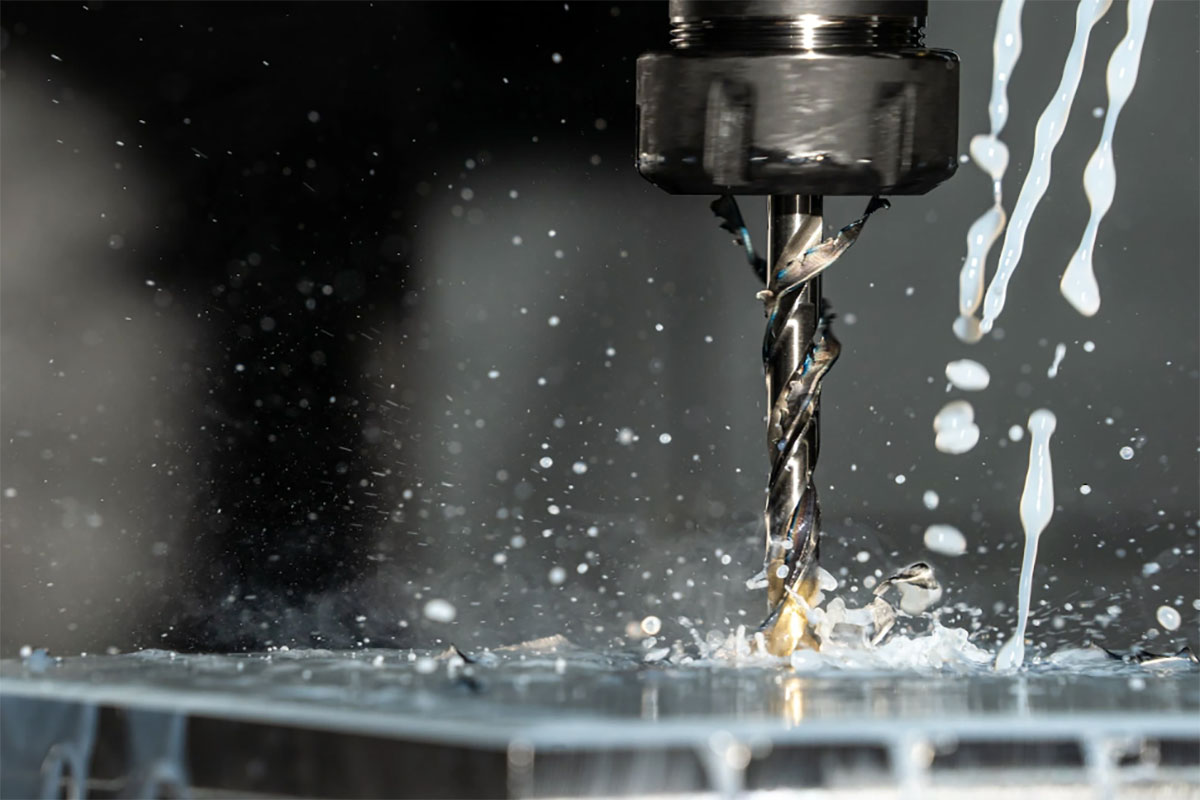In the modern manufacturing world, there’s been a significant paradigm shift towards precision, efficiency, and rapid prototyping. As this trend continues, computer numerical control (CNC) machines are at the forefront, driving this evolution.

If you’ve been keeping a close eye on market trends, it might not surprise you to learn that the global CNC machine market is on a trajectory to touch an astounding $115 billion mark by 2026. But beyond these impressive numbers, why is it vital for businesses and manufacturers to invest in a high-quality CNC prototype?
In this post, we’ll shed some light on this question, diving deep into the integral role that CNC prototypes play in bringing ideas to tangible and impeccable life. Join us as we explore the world of CNC prototyping and its unmatched significance in today’s manufacturing landscape.
Understanding CNC Prototyping
CNC prototyping, stemming from the term Computer Numerical Control, is the art and science of fashioning intricate and accurate physical models from computer-driven designs. Its roots go deep, with a history that showcases a progressive march of technological advancements. As the tools and techniques matured over the years, the prototypes borne from them achieved unparalleled precision.
Central to this progress has been the role of a reputable CNC machining company. Entrusting your prototype creation to a seasoned and reliable company ensures that the intricate details are honored, costly mistakes are minimized, and the resultant model truly represents the envisioned final product. Such partnerships fuse technological prowess with expert craftsmanship, underscoring the vital importance of working with industry leaders.
Benefits of Quality CNC Prototypes
When diving into the myriad of benefits of a superior CNC prototype, accuracy and precision emerge as stalwarts. By meticulously replicating design specifications, developers can glean insights into the final product with unmatched clarity. Such a prototype also champions time efficiency. A streamlined production process, buoyed by precision and predictability, invariably results in quicker turnaround times. This, in turn, signifies reduced time-to-market, a crucial factor in the fast-paced manufacturing realm.
Another cornerstone benefit is cost-effectiveness. With a finely-tuned prototype, errors become scarce, thus curbing the propensity for reworks and, by extension, wastage of materials and resources. Beyond the tangible metrics, a quality CNC prototype paves the way for enhanced product testing. With a tangible model in hand, manufacturers can embark on real-world testing, gauging product viability and ensuring it’s ready for the market’s demanding palate.
The Role of CNC Prototyping in Product Development
Delving into the product development lifecycle, the value of CNC prototyping becomes even more pronounced. One of the most noticeable aspects is risk reduction. An early prototype provides a window into potential design imperfections or operational challenges. This proactive approach circumvents costly mistakes, ensuring a smoother path to product launch.
Furthermore, a tangible prototype becomes an indispensable tool in stakeholder communication. Whether it’s captivating investors with a vision, enlightening clients with tangible evidence of progress, or collaborating internally with teams, a prototype fosters clearer, more tangible discussions.
Lastly, with a refined prototype in tow, speeding up market entry becomes an attainable goal. With each iteration, developers inch closer to the final product, ensuring the journey from conception to market is swifter than ever.
Consequences of Poor-Quality CNC Prototypes
The flip side of the coin presents a cautionary tale. A sub-par CNC prototype can usher in a cascade of challenges. Production costs may surge, which can be attributed to avoidable mistakes and inefficiencies. These hiccups, often a byproduct of an inaccurate prototype, not only drain resources but also inject delays into the production timeline.
Beyond the quantifiable setbacks, there’s an intangible, yet palpable, cost: a company’s reputation. A flawed prototype can unwittingly give birth to a flawed final product. In an era where brand reputation is of utmost importance, such missteps can dent credibility, casting long shadows over future endeavors.
Attributes of a Quality CNC Prototype
So, what hallmarks should one look for in a CNC prototype? Firstly, material consistency is pivotal. The prototype must employ materials that closely mirror those of the final product, ensuring a seamless transition from model to market. Another metric of excellence is the surface finish. A quality CNC prototype exudes professionalism, with a finish that’s both clean and reflective of the product’s intended aesthetics.
Of course, no discussion on quality would be complete without mentioning tolerance levels. In the realm of CNC prototyping, maintaining tight, consistent tolerances is non-negotiable. This ensures that the prototype isn’t just a close replica but a mirror reflection of the design specifications.









